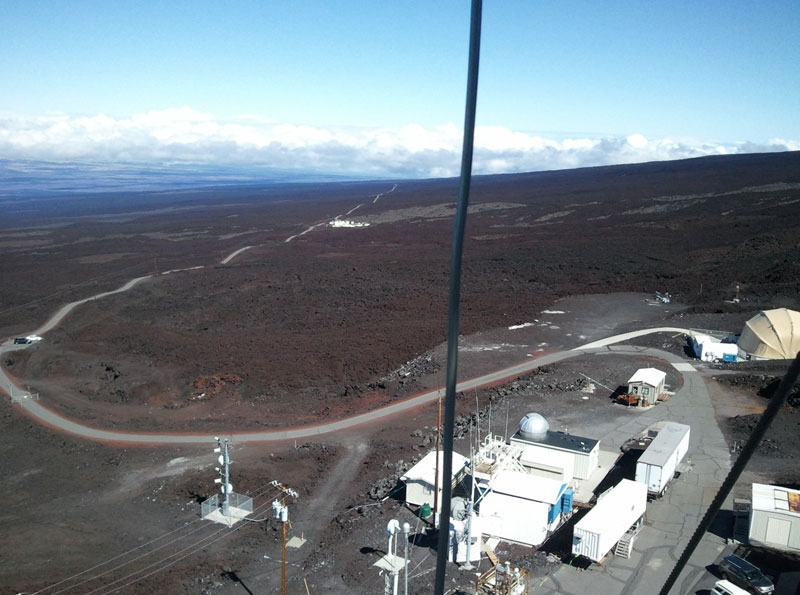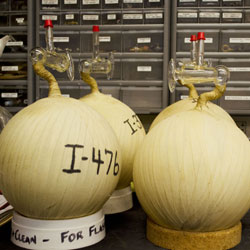An observer of Keeling Curve data queried last week why there’s such a spread in atmospheric CO2 measurements this year. In response, Scripps CO2 Program Director Ralph Keeling offered the following: “It’s true the Mauna Loa Observatory (MLO) record typically has considerable day-to-day variability in the first half of the calendar year. It’s also true that this type of variability … Read More
Improved Model of the Carbon Cycle Can Help Verify Reported Emissions
Researchers at UC San Diego’s Scripps Institution of Oceanography have created a more accurate model of global carbon cycling. The model better accounts for the contributions of Earth’s terrestrial ecosystems to atmospheric concentrations of the greenhouse gas carbon dioxide, a major source of uncertainty for scientists tallying global emissions. The model’s improved accuracy could help humanity monitor and verify reported … Read More
The Keeling Curve Hits 420 PPM
Levels of the greenhouse gas carbon dioxide eclipsed 420 parts per million for the first time in human history in 2021. Scripps Institution of Oceanography updated this animation, which explains the rise of carbon dioxide concentration in the atmosphere over the past 300 years and the measurement our researchers collect at Hawaii’s Mauna Loa, known as the Keeling Curve. When … Read More
Another Climate Milestone Falls at Mauna Loa Observatory
Peak carbon dioxide levels surpass 411 parts per million for May
Record Annual Increase of Carbon Dioxide Observed for 2015
CO2 levels increasing at a faster rate than before
Is This the Last Year Below 400?
Leader of Keeling Curve measurement says temporary bump from El Niño could push atmospheric CO2 levels above symbolic threshold for good
American Chemical Society to Honor Keeling Curve in June 12 Ceremony
Scripps Oceanography lab monitoring atmospheric CO2 named National Historic Chemical Landmark
What Does This Number Mean?
Repost of April 2013 entry The Mauna Loa carbon dioxide (CO2) record, also known as the “Keeling Curve,” is the world’s longest unbroken record of atmospheric carbon dioxide concentrations.
A Keeling Curve Funding Update – April 2015
The Scripps Institution of Oceanography, UC San Diego O2 and CO2 programs have received funding from multiple sources that put these operations on a relatively secure footing for the next few years.
Is the Rate of CO2 Growth Slowing or Speeding Up?
The rate of growth in carbon dioxide concentrations in the atmosphere has accelerated since the beginnings of the Keeling Curve.





